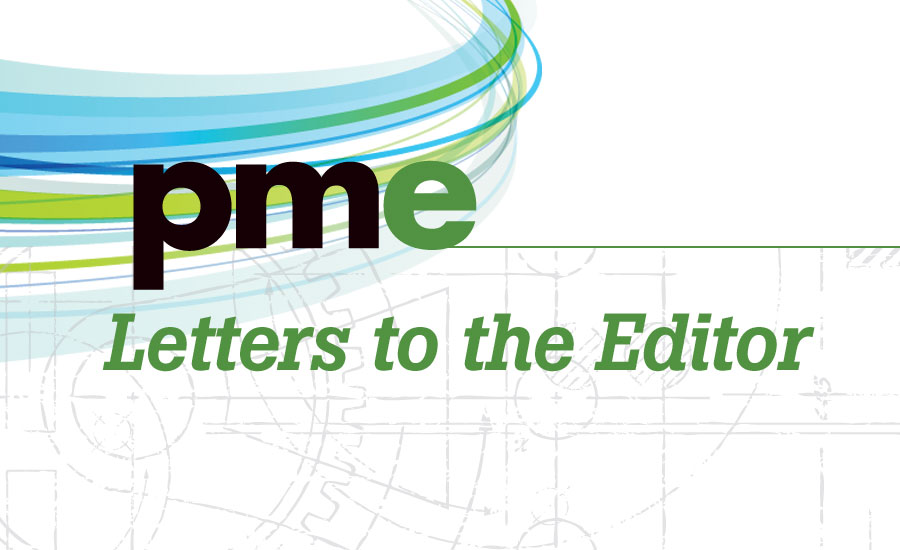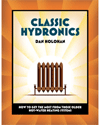In the “Stop Taking a Bath” article published in the August edition, Lisa Shimko outlined the merits of using piston vs. diaphragm technology when specifying flushometers to find savings in the commercial restroom.
The article incorrectly stated that diaphragm flushometers typically need to be repaired after just three to 12 months, while piston technology virtually requires no maintenance or replacement parts for the life of the flushometer.
According to Sloan’s Flushometer Maintenance Guide published this year, Sloan’s comprehensive research suggests that both diaphragm and piston kits need to be replaced every three to five years, depending on variables such as water quality and number of flushes. Estimated to account for 75% or more of all flushometers sold in the U.S., diaphragms are the dominant commercial restroom technology in contrast to pistons as chosen by the customer demand.
Diaphragms present an advantage to piston technology in water conditions with high levels of solid particulate because there is no scouring action on the seal by the reciprocating piston stroke. With thicker cross sections and chloramine resistant compounds, diaphragm technology adds more safety factor to elastomer attack.
This is not to say that piston technology isn’t a practical solution for any restroom application. In situations where low water pressure is prevalent — as is often seen in international markets — pistons present themselves as a practical technology.
But as evidenced from its usage in the U.S., diaphragm technology is the preferred solution. Piston technology utilizes a dynamic seal separating upper and lower chambers on the flushometer, while diaphragm technology has static seals separating the same chambers. When dealing with line debris, dynamic seals — and the pistons on which they operate — can be prone to failure.
For more details on the differences between diaphragm and piston technology visit www.sloan.com/white-papers.
Mike Gipson
Sloan Product Manager, Flushometers



